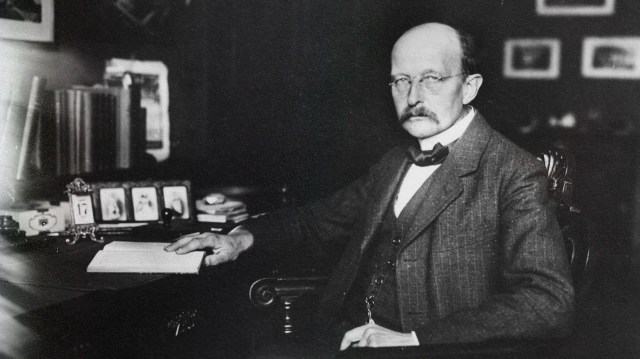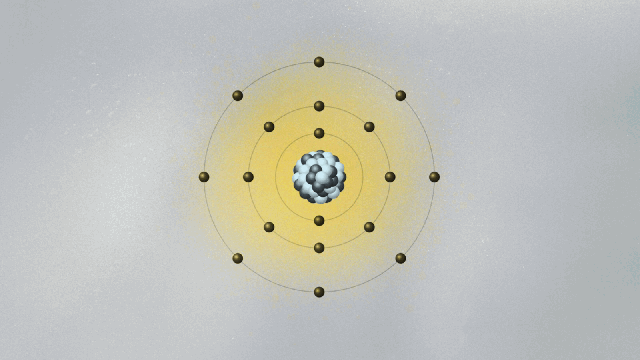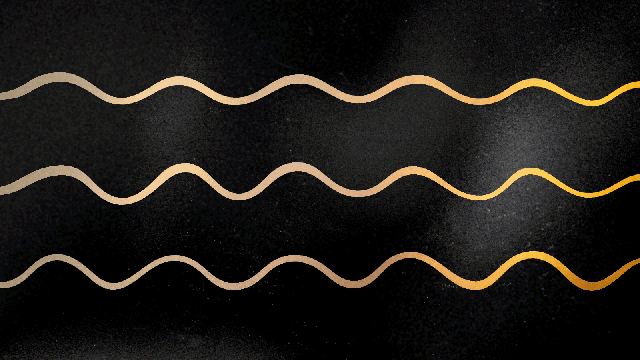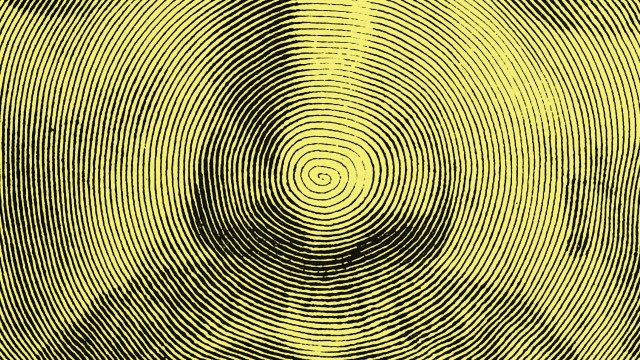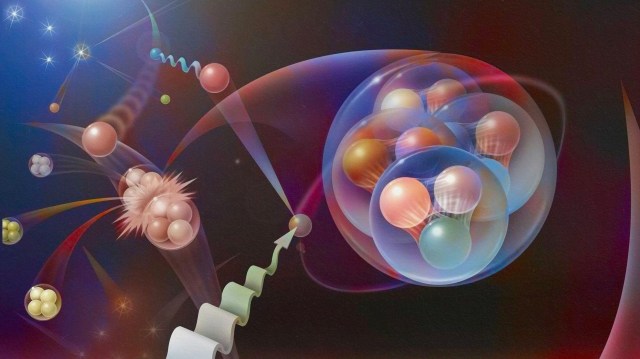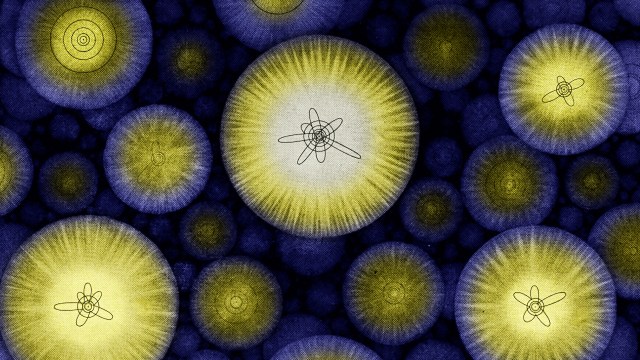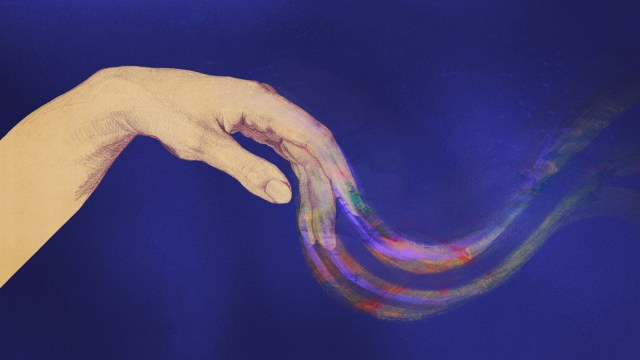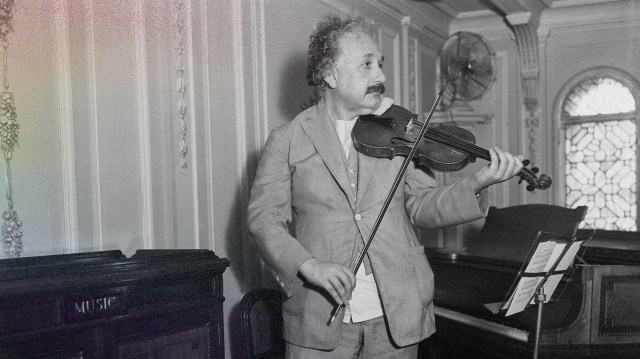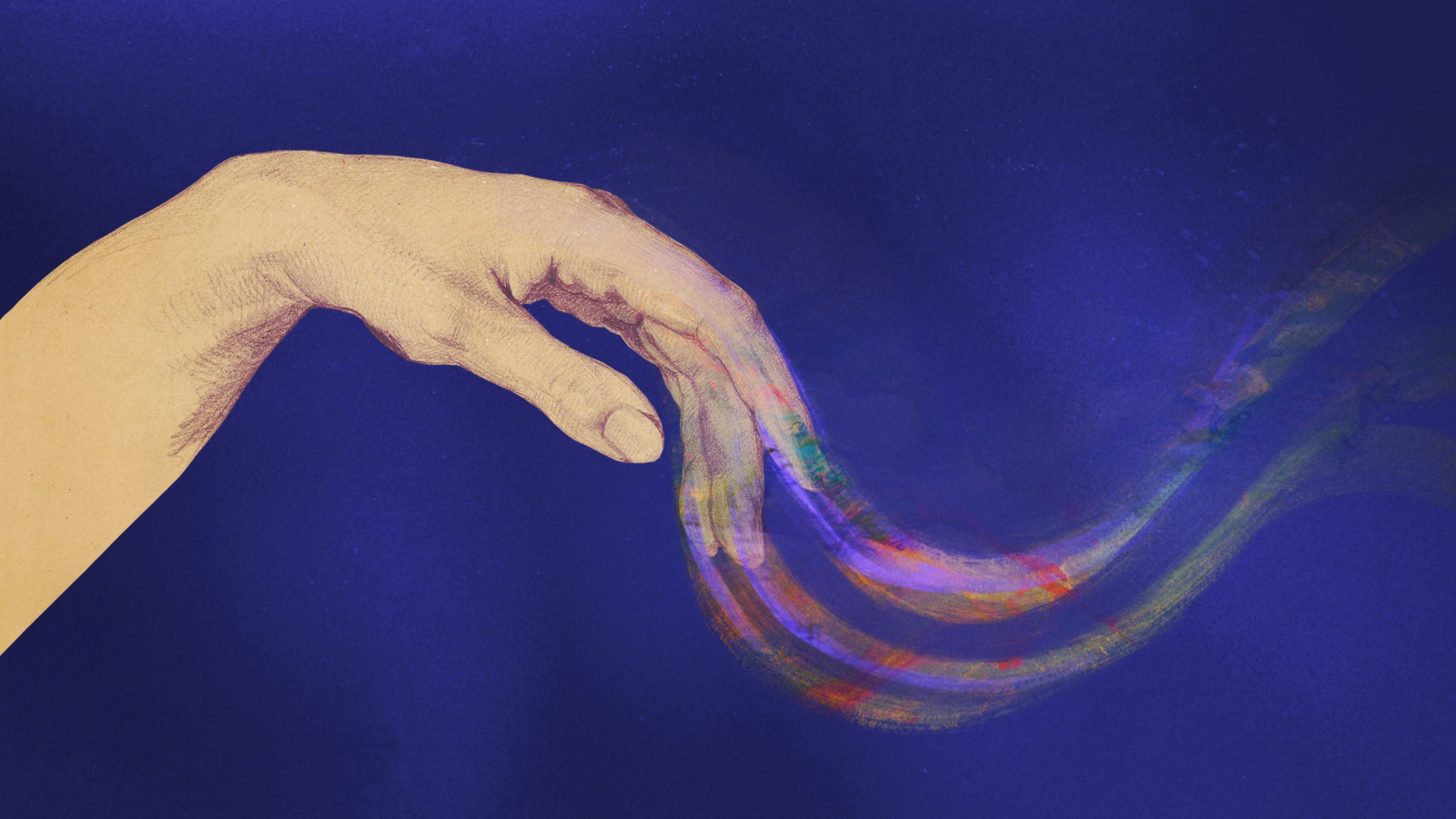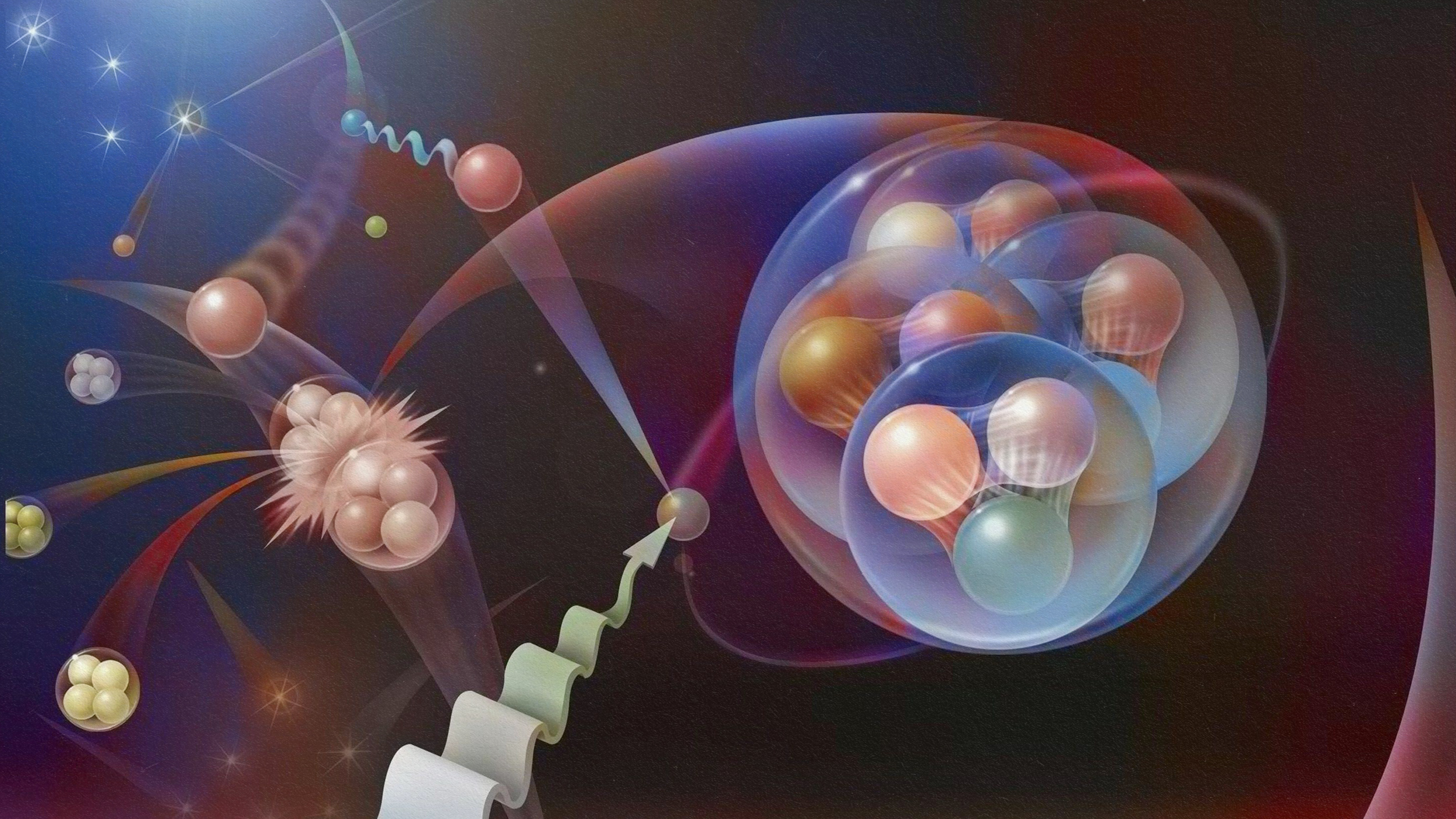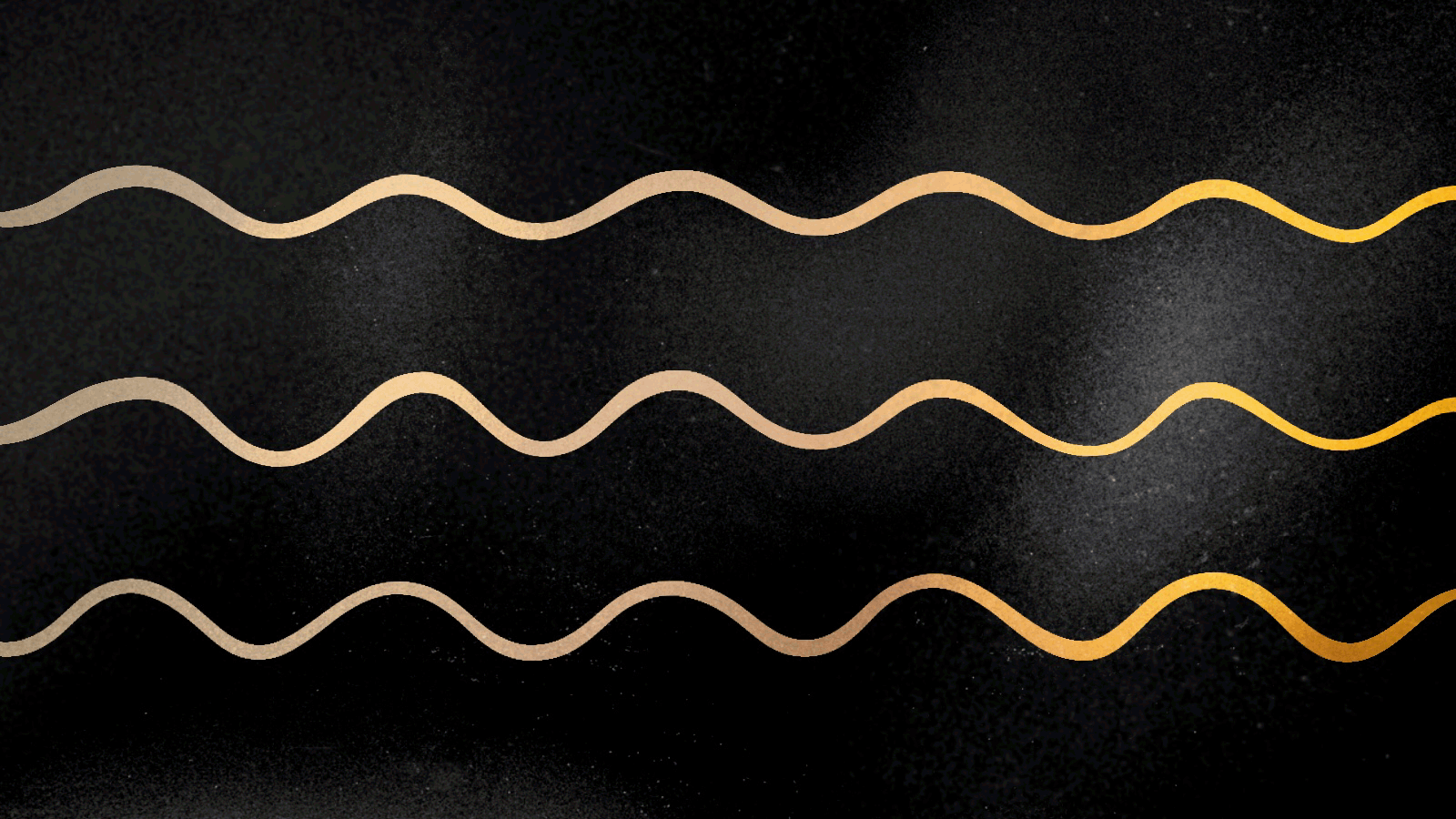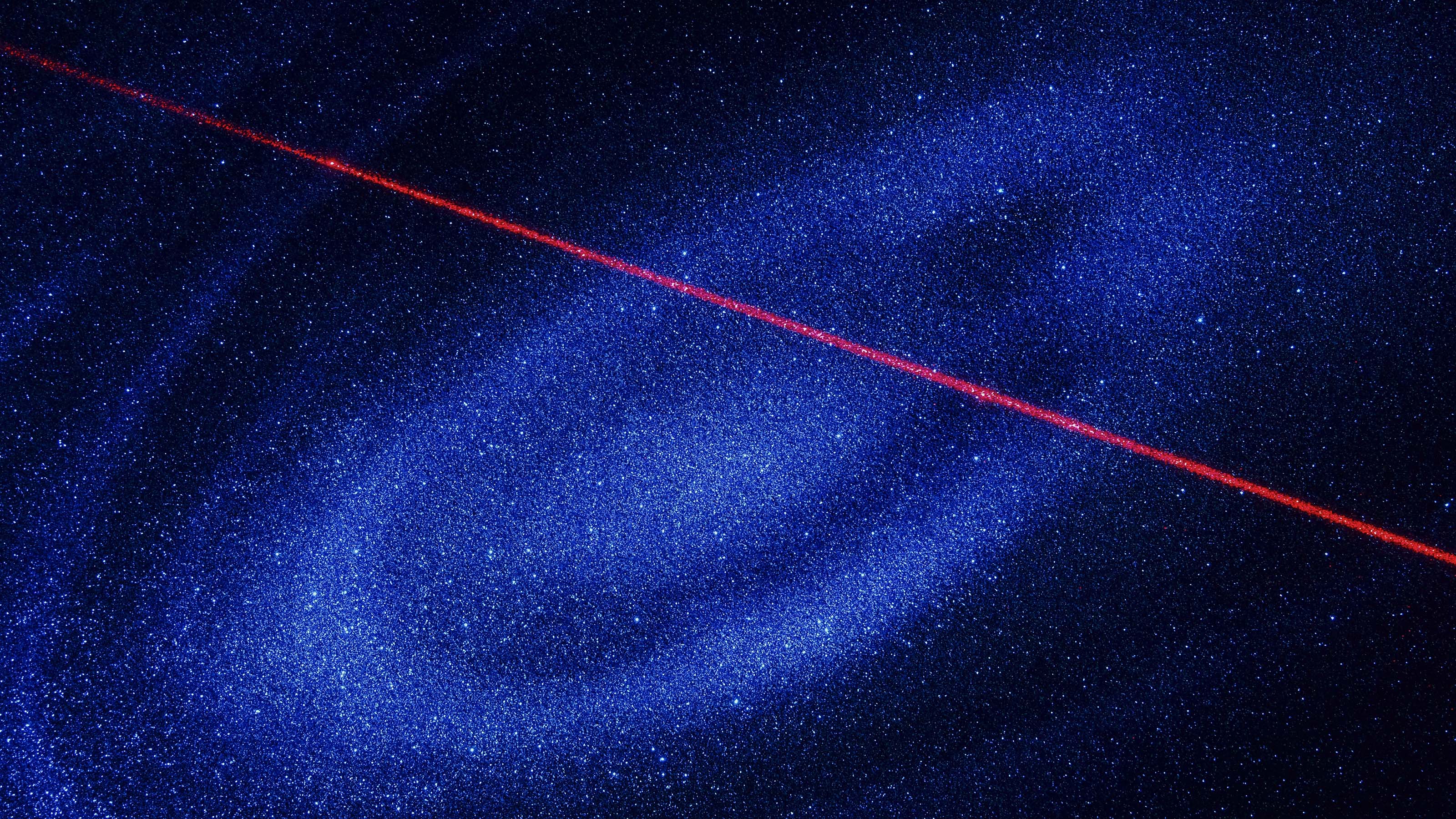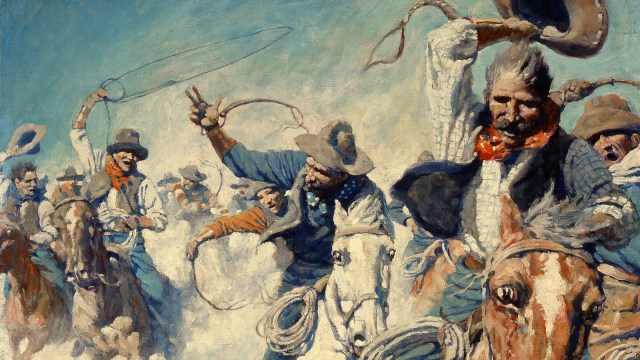Could a hidden variable explain the weirdness of quantum physics?

- In the world of the very small, two objects can be entangled — somehow connected — in ways that seem to defy space and time.
- Quantum entanglement is confirmed by countless experiments and promises to play a central role in the future of communications.
- Its persistent mystery is a confirmation that reality can be stranger than fiction.
Over the past few weeks, we have explored some of the foundational concepts in quantum physics, from quantum jumps to superposition and well beyond. Today we explore what may be the weirdest of quantum effects, that of quantum entanglement, which Einstein called spooky action-at-a-distance. The word says it clearly: To be entangled is to be connected — to have some kind of relation with or dependence on something else.
The dictionary definition is more pragmatic: “cause to become twisted together with or caught in,” like a fish entangled with a net or a person entangled in a difficult situation. Well, pairs of quantum objects — such as pairs of photons, pairs of electrons, or electrons and detectors — do get entangled. And this kind of quantum entanglement is in fact a difficult situation, at least to understand. To grasp what entanglement is, it might be best to apply it to a practical circumstance. If you stay with me, you will get the basics of entanglement and why it is weird.
A polarizing explanation
When light is polarized (for example, by passing through a polarizing filter), its associated wave goes up and down in the same direction of the polarization much like we go up and down when we ride a horse. (This is the direction of the electric field characterizing the electromagnetic wave.) Photons, which we can understand as particles of light, share this polarization. The details of how this works are not important. What matters is that the photons have this property and that it can be measured.
Imagine that a source of light creates a pair of polarized photons traveling in opposite directions, as in the diagram below. Now imagine that two physicists, Alice and Bob, each stand with a light detector at one hundred yards from the source. Alice stands at the left and Bob at the right. Since photons travel at the speed of light, Alice and Bob would see photons arriving at their detectors at the same time.
[Alice]———<———(source)———>———[Bob]
The detectors can sense two polarization directions for light: vertical (⎮) and horizontal (—). The light source always produces pairs of photons with the same polarization. Alice and Bob do not know which polarization the pair has until they measure their photons. Let’s say Alice measures vertical; Bob will measure vertical too. If Alice measures horizontal, so will Bob. Even though there is a 50/50 chance for the photon to be in either state of polarization (somewhat like a coin toss, the vertical or horizontal polarization appears randomly), Alice and Bob will always obtain the same outcome. The two photons leaving the source are entangled, and they seem to behave as one.
Alice decides to move a bit closer to the source. This way, her photon travels a shorter distance to her and arrives earlier than Bob’s photon. She measures a photon with vertical polarization. Immediately, she knows that Bob’s photon will also have vertical polarization. She knows this before the photon reaches Bob’s detector.
According to quantum mechanics, you can only tell the state of something by looking. And since nothing can travel faster than the speed of light, Alice apparently influenced Bob’s photon instantaneously without interacting with it. Or at least, that is one way of thinking about it. (If not instantaneously, the influence is at least superluminal, faster than the speed of light.) This kind of effect can be used in quantum teleportation, where information is transferred by replicating the state of a quantum system from a distance. More directly, it can be used in future communications systems that will be faster and more secure than the ones we use today.
Riding the surf of the Universe
Amazingly, the effect does not depend on how far Alice and Bob are from one another. They could have been 10 miles or 10 light-years away, and the same thing would have happened. Within the accuracy of current detectors, everything appears to happen instantaneously. Note, however, that no information was transferred between the two photons. They did not interact with each other in any (known) way. They behaved as a single entity perfectly impervious to spatial separation.
In 2018, an experiment separated quantum-entangled photons to distances of over 30 miles, and the same thing happened. More recently, a similar feat was performed not with entangled photons, but with entangled rubidium atoms separated by 33 kilometers. Quantum entanglement is an unquestionable feature of quantum physics. It seems to defy space, for it is independent of the distance between objects, and time, for if it is not instantaneous — it is at least faster than light.
Could physicists be missing something important and obvious? Have we simply not hit the right understanding of what is going on? Are there what we could call hidden variables, not part of the traditional formulation of quantum mechanics, that could explain this? In the early 1950s, physicist David Bohm added an extra level of explanation to quantum theory, one capable of describing the electron’s position with certainty. He called it the pilot wave function. While Schrödinger’s equation remained the same, another equation would work as its “pilot.”
Just as a conductor controls how different sections of an orchestra play during a symphony, Bohm’s pilot would determine how the wave function branched out into its different probable states. This conducting happened through one or more undetectable hidden variables, information that remained out of reach of experiments. The pilot wave acted everywhere at once, like an omnipresent deity, exercising a property physicists call nonlocality. In the new, de Broglie-Bohm mechanics, particles remained particles, and their collective motion was guided deterministically through the nonlocal action of the pilot wave. The particles were like a group of surfers gliding along a single wave, each pushed this way or that as the omnipresent wave advanced.
The hidden variable would be the missing link between a classical concept of reality and the fuzzy world of quantum indeterminacy. The price of making quantum mechanics deterministic was to impose an endless web of influence amid everything that exists. In principle, it means the whole Universe participates in determining the outcome of every experiment. For Einstein, abandoning locality was too high a price to pay for deterministic evolution.
Still, we had to know whether Bohm’s idea was valid or not.
Quantum entanglement really is spooky
In 1964, Irish physicist John Bell, working at the European Organization for Nuclear Research (CERN), proposed a brilliant way to test if an alternative formulation of quantum mechanics that included local hidden variables was better at describing the results of experiments with entangled particles. The test involved an experiment not unlike the one above involving Alice and Bob. Bell’s experiment, though, used another quantum property of particles called spin. This is a sort of intrinsic rotation, like a spinning top that never stops and can only spin at certain quantized speeds.
The uptake is that over the past four decades, Bell’s test has been implemented in real experiments — which were awarded the 2022 Nobel Prize in physics — and the results were truly shocking: There are no local hidden variable theories compatible with quantum mechanics.
In other words, nature does seem to work through spooky actions-at-a-distance. Nonlocal influences acting superluminally between members of spatially separated entangled quantum pairs — these are ghosts that seem to be real. Reality is not only stranger than we suppose. It is far stranger than we can suppose.
What are the consequences of quantum entanglement and superposition for our conception of physical reality? How do we interpret all this? Next week we will conclude this series of articles with an overview of the different interpretations of quantum physics still being passionately debated among physicists. Behind the trenches we see Einstein and Bohr, as inspiring now as they have been for over a century of quantum perplexity and triumph.

